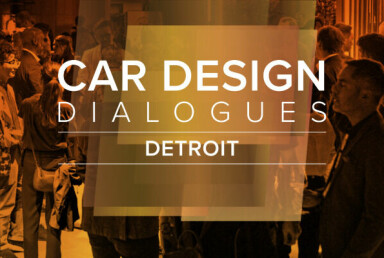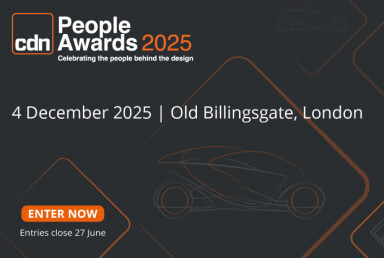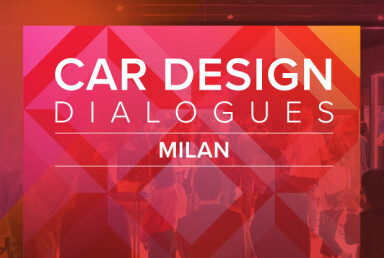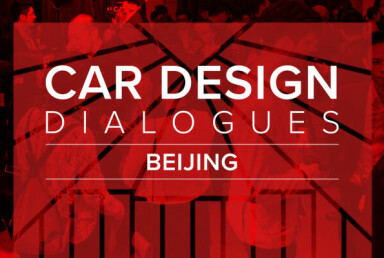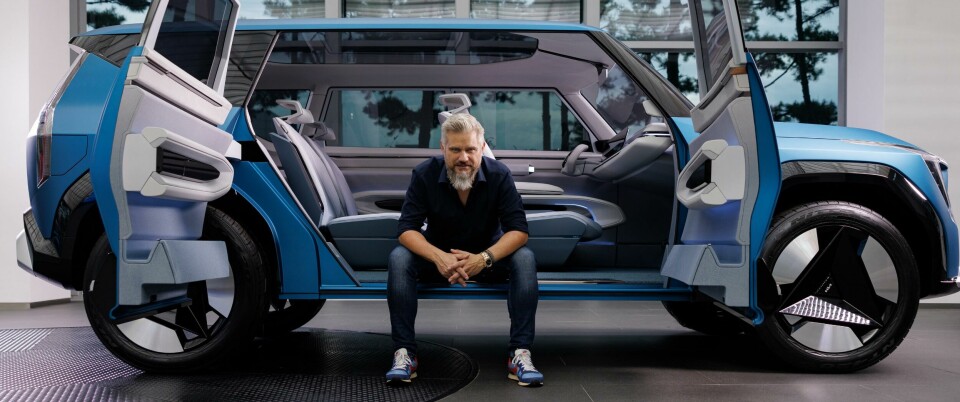
Car Design Review 9: Jochen Paesen, Kia
“What Koreans do well is get influence from elsewhere and then design in a Korean way. That creates something new”
I moved to Kia over two and half years ago just as Covid started, so I had to deal with the pandemic as well as learning about the new company. It wasn’t the easiest of combinations. But the team here is immensely proactive and clever in how they approach things so that was a journey we took together. What impressed me was the speed in which we worked digitally. We have very good 5G in South Korea so we could work online and use VR with the different studios very quickly.
From an interior perspective we need a bit more physical design to go with the digital, because ultimately you need to sit in a vehicle, feel comfortable, understand the waistline and the volume of the dashboard, as it’s all very close to you. So it’s about a good balance between the two. Digital saves time, but it doesn’t replace physical.
At Kia, three years is a long time. When I arrived the EV9 project started as a production car project and then we communicated it through the 2021 show car. Kia is a smaller brand in relative terms to Hyundai and one that needs to have a recognisable identity that is unmistakably Kia. We have many markets to serve so there should be differentiation between the regions but there should be a core underlying ‘Kia-ness’. In the past that wasn’t so key. That’s why we developed our brand’s ‘opposites united’ approach which is different from the past and to what’s on the road today. It’s not just a new badge.
The design team here is extremely talented, has great ideas and is motivated. So it’s a matter of unlocking that voice rather than creating it
The EV9 will be the first to see the new philosophy. We have to move away from a customer only buying a car because it has a longer warranty and is cheaper. We did that very well but we now need more focus on creating an emotional connection. The ‘opposites united’ phrase is really an internal way of working to make us think outside of our comfort zone in terms of concept, styling and decision-making. Can we bring two things we didn’t expect together?
It’s hard for me to compare to ten years ago but I think the brand has come a long way. Design has been recognised as something Kia has done well in that time. We cannot afford to be a company that’s doing ‘same-same’ or similar. Culture plays a role. In Korea it’s not always easy to be open with opinions or strong-minded, but that said, the design team here is extremely talented, has great ideas and is motivated. So it’s a matter of unlocking that voice rather than creating it. What Koreans do very well is get influence from elsewhere – be it American pop culture, architecture or different things – and then design it in a Korean way. That creates something new. If we can do something like that then we will be truly Kia.
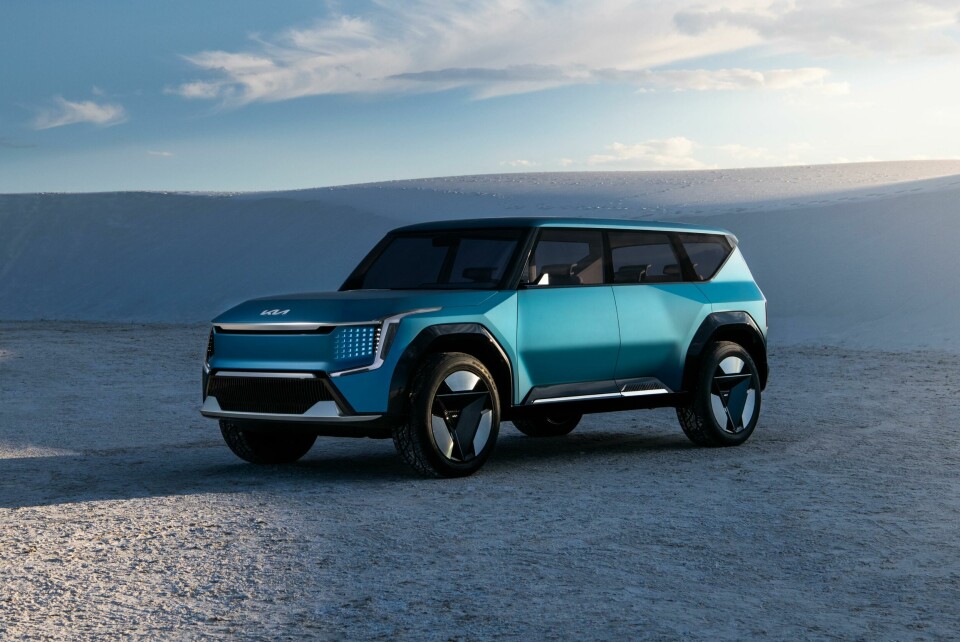
We think Kias also need to have more of a family resemblance, although stylistically they shouldn’t be like a smaller brother of a bigger vehicle, they should have there own character. But as a customer you need to know where things are and how they operate, it should feel like you’ve just stepped into a Kia. It’s not about a certain material, colour or technology, it’s how we bring everything together. A lot of the strength of Korea is in its accessible technology at an affordable price. For every product Kia does there should be a lot of value and a second ‘Aha’ moment for the customer. Not just noting that a detail is cool, but that the designers have thought about everything. We produce cars in three-year phases now, so we can be very quick to tap into the right things and deliver them. That’s what allows us to move from being a follower to a leader in certain areas and in our own way.
No carmaker can be 100% sustainable today but our approach to which materials we use has to be based on the right questions asked beforehand. The second part is circularity. There is a lot going on internally at Kia about this. When more things can be up-cycled, reused or recycled within our own group we can control the situation better. That’s longer-term, but it’s encouraging that from the top management down we are being supported to think this way. We sell a lot of cars so we can have a huge impact. The third thing is about being able to make the car up-to-date for longer through software upgrades and more.
It’s a time when we can start to dream again
Car designers can learn a lot from product and graphic designers or interior architects so mixing those disciplines together on projects is important. Designers who can create film and become good storytellers or create a certain mood about a brand are also useful. In Korea there are 200-250 people in Namyang and we have a small satellite studio in Seoul too where we do advanced work with about 20 people. We also do lots of exchanges across our global studios.
Is car design in a better or worse state than other design disciplines right now? I think there’s a lot of soul-searching going on. All of us have a huge task to change things as we all know the way things are today cannot continue. But as a designer it’s a fantastic time to be creative. We’re not just styling things, we’re trying to solve some bigger issues while creating beautiful products. I am still very inspired by an Australian architect called Glenn Murcutt from the 1990s. He created homes in the hot climate of Australia which channeled air carefully and in terms of light and building placement resulted in lower heating costs. It’s not a new influence, but his work is more relevant than ever now.
Maybe it’s a time when we can start to dream again. With autonomous and more, I see some signs of that. I spent two hours in traffic this evening and although I love driving, give me an autonomous car for that scenario. The duality can exist.
